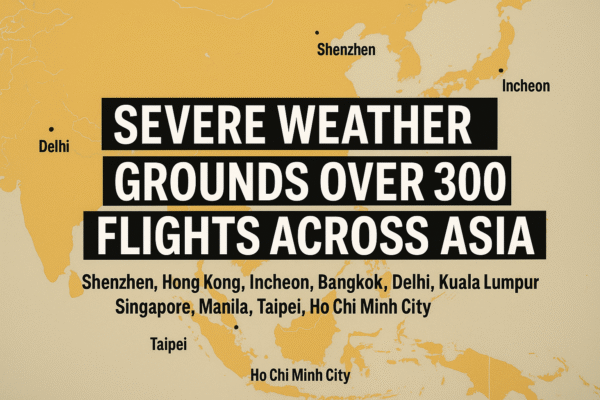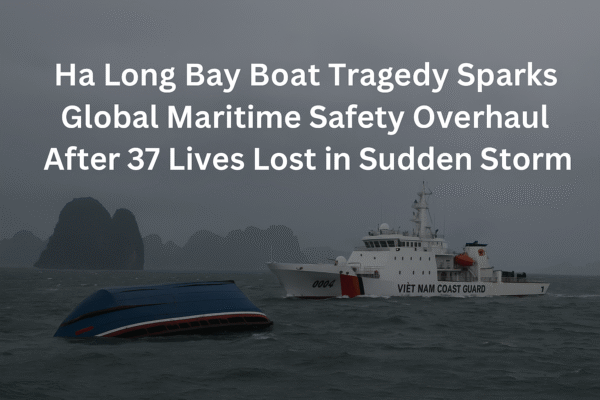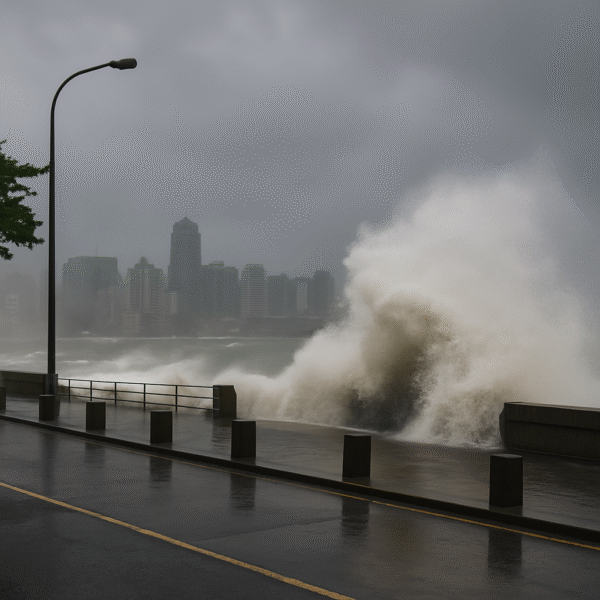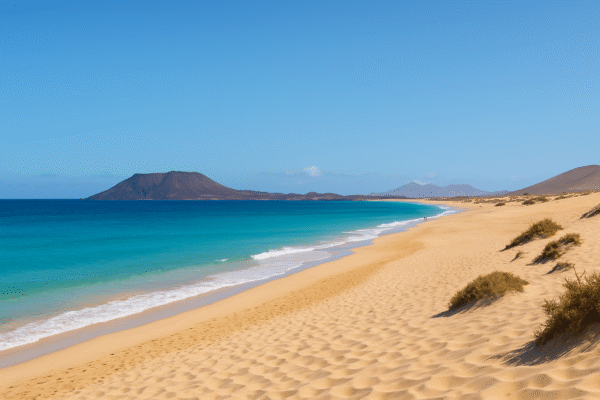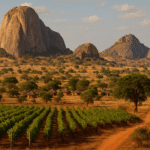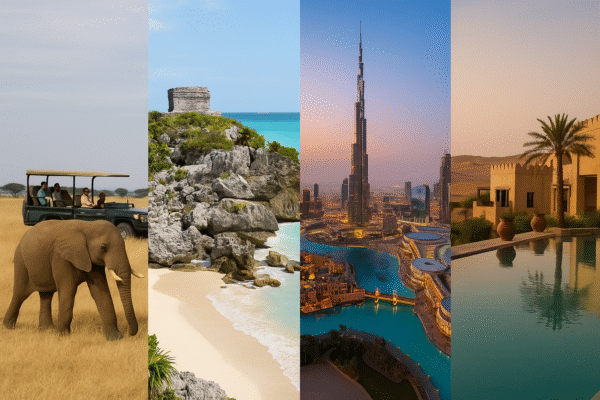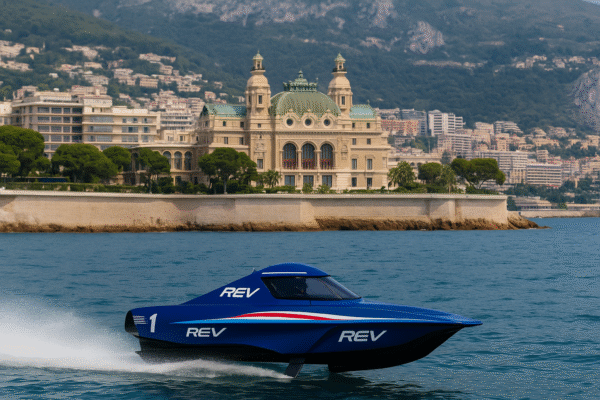Corralejo Named World’s Best Beach: Fuerteventura’s Sustainable Tourism Boom Expands Across the Island
Corralejo, the crown jewel of Fuerteventura in Spain’s Canary Islands, has officially been named the best beach in the world for 2025 by National Geographic, surpassing iconic shorelines like Sarakiniko in Greece and Stiniva Cove in Croatia. This prestigious accolade not only highlights the island’s natural beauty but has catalyzed a transformative moment for the entire region’s tourism strategy.
Nestled within the Corralejo Dunes Natural Park, a protected area of rolling golden sands and turquoise Atlantic waters, Corralejo is a beacon of sustainable tourism. Its 10-kilometer stretch of pristine beach is now at the heart of a booming international tourism trend, prompting local authorities to expand efforts across neighboring coastal and inland destinations such as Costa Calma, Lobos Island, Betancuria, and Caleta de Fuste.
A Global Spotlight on Sustainable Paradise
The selection by National Geographic comes as Fuerteventura emerges as a world leader in eco-conscious travel. In 2024, the island welcomed over 2.1 million tourists, according to Spain’s Ministry of Industry, Trade and Tourism. Early estimates for 2025 project a 15–20% increase, primarily driven by Corralejo’s global recognition.
Regional authorities are responding proactively. The Cabildo de Fuerteventura (Island Council) and the Government of the Canary Islands are accelerating infrastructure upgrades, including increased bus connections to Corralejo, electric shuttles, and enhancements to beach conservation facilities. These are part of the broader Canary Islands Tourism Strategy 2030, which emphasizes sustainable growth, ecotourism, and community benefits.
Corralejo: Beauty in Balance
Corralejo Beach isn’t just visually stunning — it is a model of tourism done right. The surrounding dunes are protected under environmental law, helping preserve endemic flora and rare wildlife habitats. Nearby, Lobos Island, a UNESCO Biosphere Reserve, offers eco-excursions for birdwatchers, snorkelers, and hikers, contributing to the island’s reputation as a nature lover’s haven.
“Corralejo stands out not only for its scenery, but for its thoughtful balance between accessibility and preservation,” National Geographic reported. That balance is evident in everything from dune-protection walkways to solar-powered cafés that line the coast.
The Ripple Effect Across Fuerteventura
Corralejo’s fame has had a domino effect on other island locales. On the southern coast, Costa Calma has seen a surge in family travelers and windsurfing enthusiasts. To the west, Betancuria, the island’s historic capital, is attracting eco-tourists with its hiking trails and cultural landmarks. On the eastern shoreline, Caleta de Fuste continues to draw divers and families seeking all-inclusive resorts with easy access to marine excursions.
Together, these destinations form a diversified tourism offering that caters to a growing range of visitors — from adventure travelers and digital nomads to sustainability-conscious tourists.
Locals Lead the Way
The recognition of Corralejo has reignited local pride. Artisans, fishermen, surf instructors, and hospitality providers — many of whom have long championed the region’s unique environment — are now reaping the rewards of global attention.
“I grew up walking these dunes,” says Ana Rodríguez, a Corralejo native who sells handcrafted jewelry near the beach. “To see the world recognize what we’ve cherished for generations feels like a personal victory.”
Local schools, supported by the Ministry of Ecological Transition of the Canary Islands, have launched coastal education summer programs, ensuring the next generation continues to protect their natural heritage.
Strategic Growth with Environmental Oversight
To avoid the pitfalls of overtourism, Fuerteventura’s leaders are emphasizing strategic planning. The Island Council is conducting an environmental impact assessment to guide future development, incorporating feedback from planners, conservationists, and community stakeholders.
Planned measures include:
- Limiting daily visitor numbers to sensitive beach zones
- Expanding recycling and waste management in natural areas
- Promoting green-certified accommodations and carbon-neutral experiences
- Introducing a potential tourist eco-tax to support local conservation projects
These initiatives are central to maintaining Corralejo’s integrity while ensuring economic benefits flow into surrounding communities.
Growing International Reach
The award has also strengthened Fuerteventura’s global tourism visibility. The Fuerteventura Airport Authority is currently in talks with major carriers to expand air connectivity, targeting routes from Germany, the UK, Scandinavia, North America, and East Asia.
Promotional campaigns are also underway to attract eco-luxury travelers and digital nomads, positioning the island as a sustainable escape with world-class beaches, fast internet, and natural tranquility.
The Road Ahead: Opportunity and Responsibility
Corralejo’s rise is symbolic of what happens when environmental preservation is paired with visionary tourism planning. Fuerteventura now finds itself on the world stage — not just as a holiday destination, but as a model of regenerative tourism that celebrates nature, empowers communities, and prioritizes the future.
As global travelers seek authenticity and connection, Corralejo offers something timeless: clean air, vast skies, and the humbling beauty of land shaped by wind and sea.
For visitors planning their 2025 holidays, one thing is clear: Fuerteventura isn’t just a destination. It’s an invitation — to discover, to respect, and to return.
For more travel news like this, keep reading Global Travel Wire




